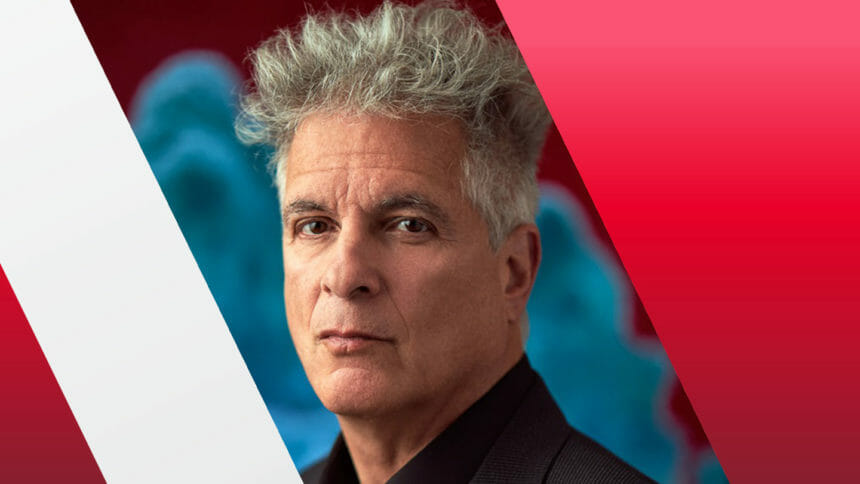
Sabra Healthcare’s skilled nursing share has fallen to its lowest point in five years, but the real estate investment trust has no plans to let its skilled segment become a minority player, CEO Rick Matros said in an earnings call Thursday.
During the second quarter of 2022, Sabra sold off several lower-performing SNFs as an alternative to borrowing from capital markets, while it tapped two others to convert into addiction treatment centers.
But after entering what it considers COVID-19’s endemic era, seeing some long-awaited movement in state reimbursements and anticipating major demographic growth, Sabra remains committed to keeping skilled facilities securely in its mix.
“We’re very bullish on the skilled setting and even as we diversify, over half the portfolio is still going to be skilled nursing. Whatever positive trends we see in that space over the next several years, we’ll benefit from,” Matros said. “Before the merger [with Care Capital Partners in 2017], when we were in the 50s as opposed to over 60% skilled nursing, the investment community viewed us as being a more diversified REIT and we traded at a better multiple.
“That’s really one of the drivers here: to diversify risk and spread across more asset classes that we feel good about. But we certainly at this point don’t have a long-term goal of, say, getting skilled from somewhere in the 60th percentile exposure down to half of that,” he added.
At the end of June, Sabra held 406 properties, including 272 skilled nursing or transitional care facilities, 105 leased or managed senior housing communities, 15 specialty hospitals and 14 behavioral health facilities.
In the second quarter, Sabra generated $40.2 million in gross proceeds from the disposition of eight facilities, with two additional sales and six contracts expected to bring in another $210 million by year’s end, the company said in a press release.
On Thursday’s call, Sabra Chief Investment Officer Talya Nevo-Hacohen said the REIT was leveraging buyers’ appetite for skilled nursing — and strong pricing — to finance new avenues for growth. That’s particularly true in behavioral health, in which the company is investing $47.5 million to transform two SNFs and a memory care center.
“We are committed to supporting the delivery of behavioral health services by creating and financing the places where they happen,” Nevo-Hacohen said. “In doing so, we are creating value in our portfolio by generating higher returns and durable income streams, as well as continuing to diversify our portfolio.”
Four SNFs that cost the REIT $11.7 million last quarter are also being evaluated for sale as part of the repositioning effort. Chief Financial Officer Michael Costa categorized facilities up for sale as poor-performing, most on a cash basis and paying well under their contractually obligated rents.
Year to date, Sabra also has transitioned or plans to transition 25 triple-net leased assets to existing and new operators. That effort will expand the REITs relationship with Ensign Group from three to nine properties.
“We wouldn’t be transitioning these to new operators if the current operators were doing the job that we thought was achievable at those facilities,” Costa said. “We think they are good assets in good markets, but we think a better operator could do a better job there and increase the earnings.”
State support and demographics surging
Nevo-Hacohen said payer volatility factored into the move to decrease SNF exposure and build up behavioral health assets, where services are often covered by commercial insurers.
But Matros said he was pleased with the response of many states to the financial vulnerability of nursing homes revealed by the pandemic.
“The tone [is] changing in a lot of states when it comes to Medicaid underfunding,” he said. He noted that FMAP extensions and year-over-year increases in regular Medicaid rates were wide enough to provide a bump to 60% of Sabra’s SNF portfolio.
He expects growing access issues will continue to put pressure on state lawmakers to fix long-term care while their budgets are in good shape.
“The decline [in access] is really accelerating. Our belief is all that will create a better environment as we have these discussions with the states, beyond 2023…. The pandemic has demonstrated for the states that what all the operators have been saying has been true, and that is, in most states, Medicaid has been underfunded.”
Matros also said that higher reimbursement rates should help providers address labor challenges, which he called an ongoing “slog.” More staff will be needed to capture higher demand expected along with aging US demographics.
“The combination in the skilled space of the rate increases, plus the demographics adding more occupancy is going to help a lot,” he said. “Operators aren’t just going to hang on to that money and let it all go to the bottom line. They’re going to be putting it into workforce.”




